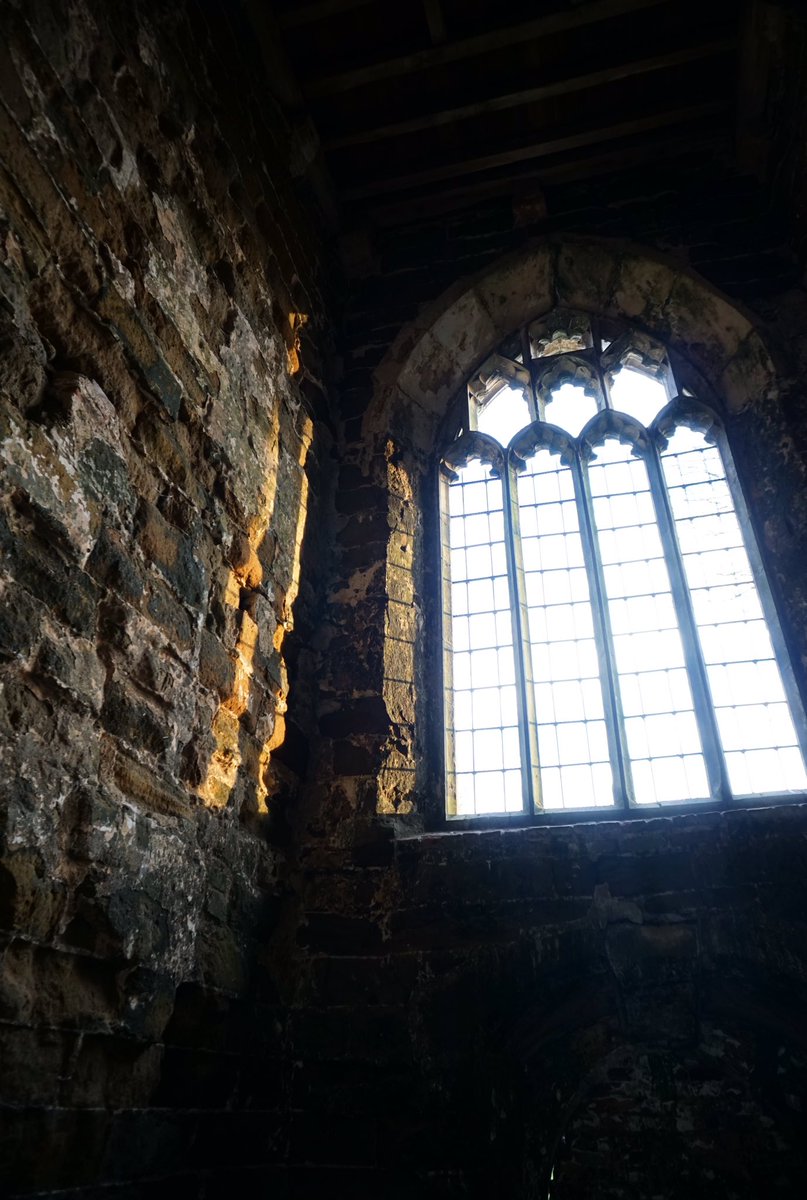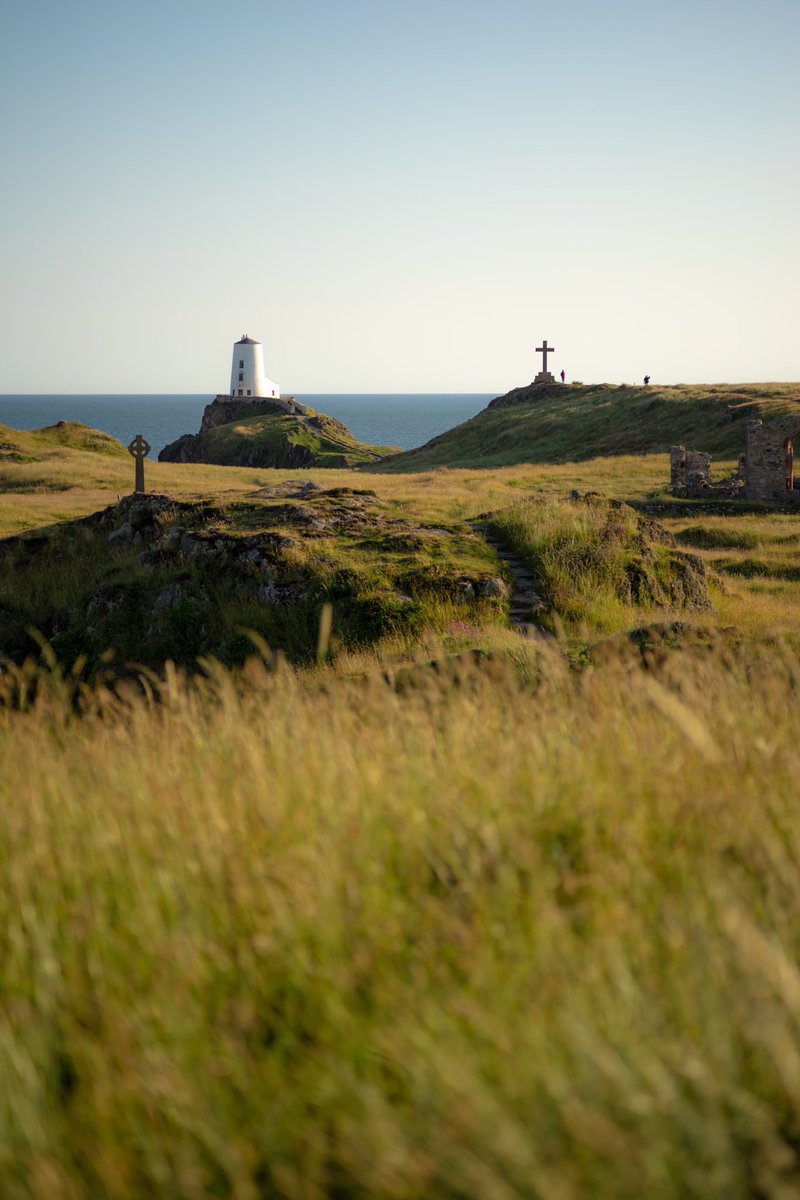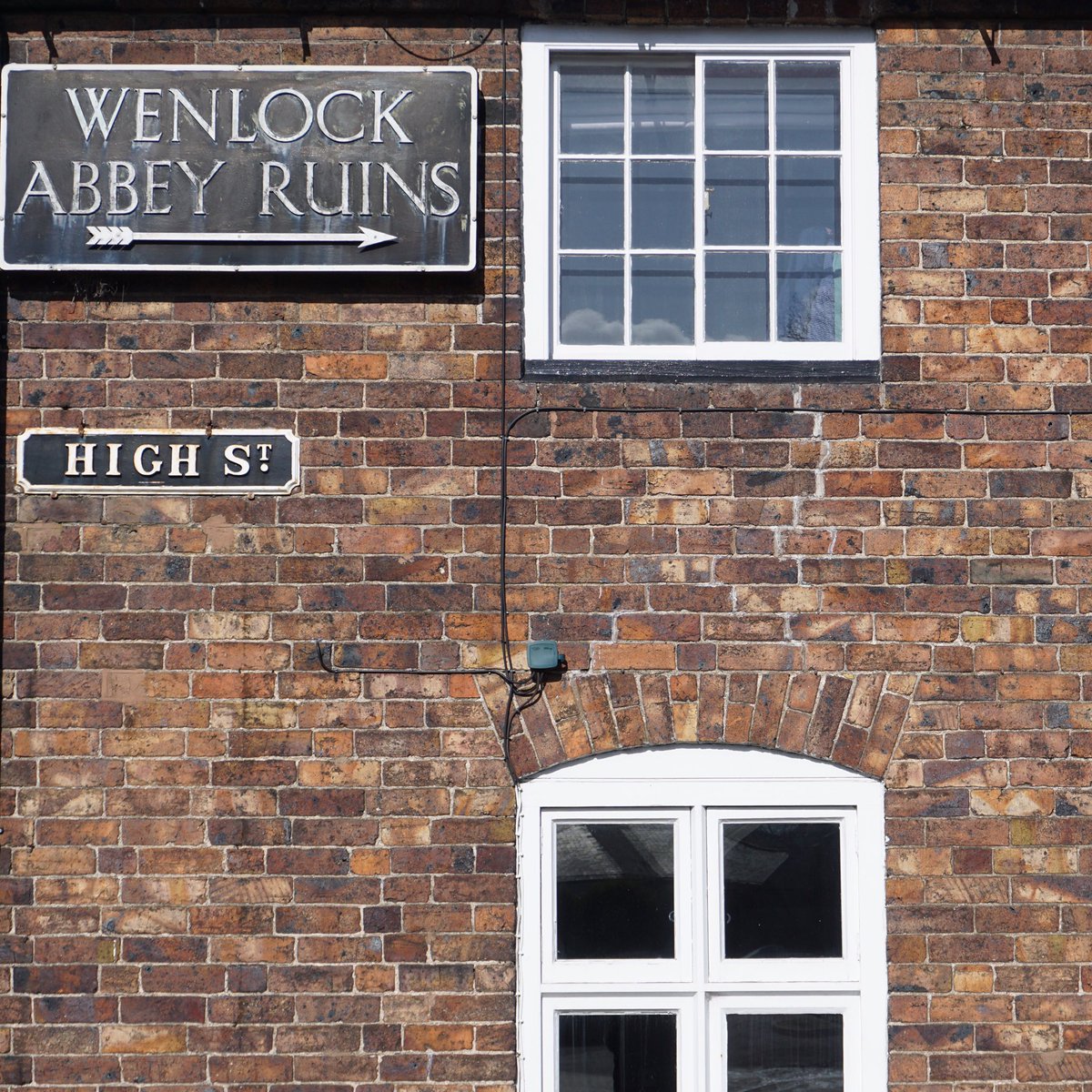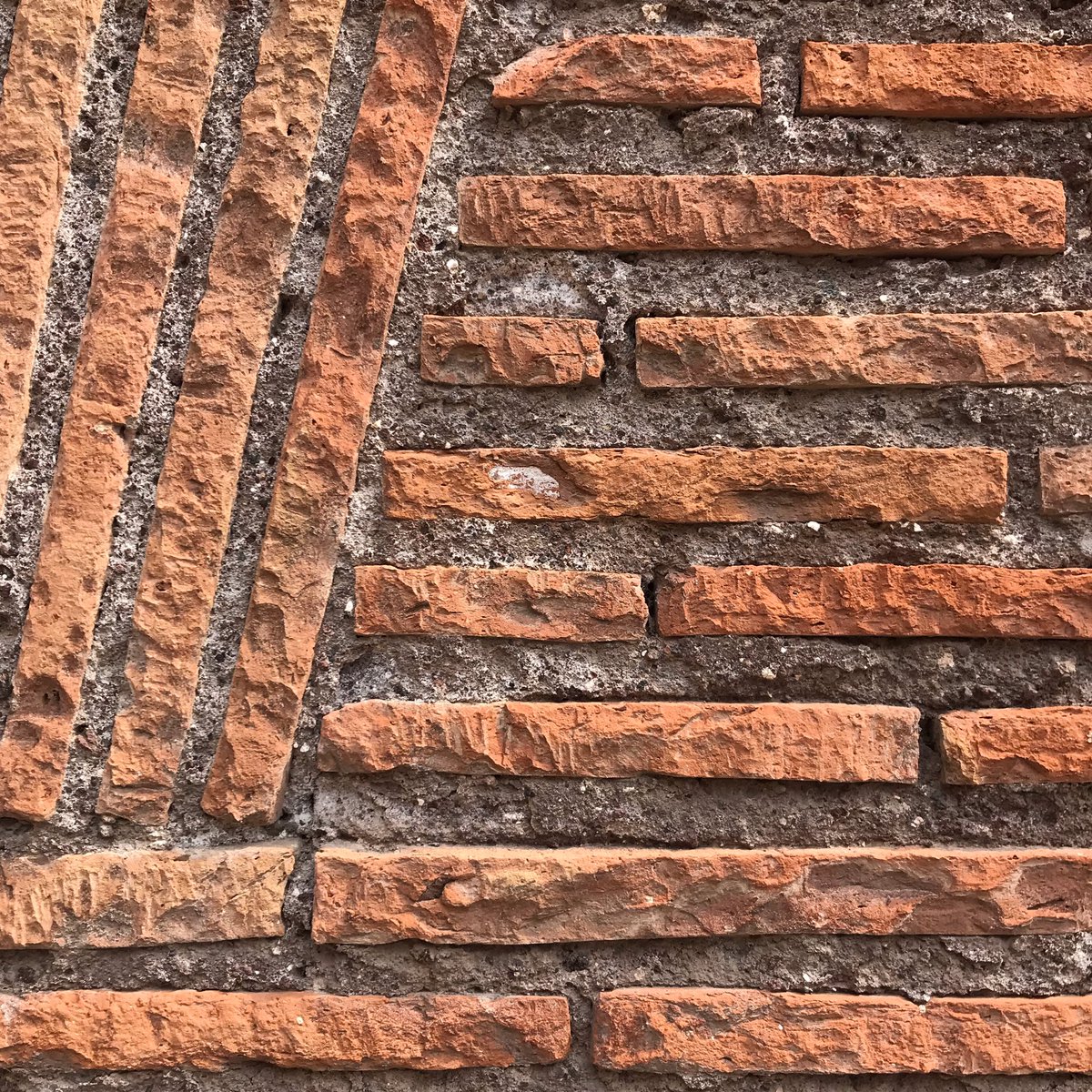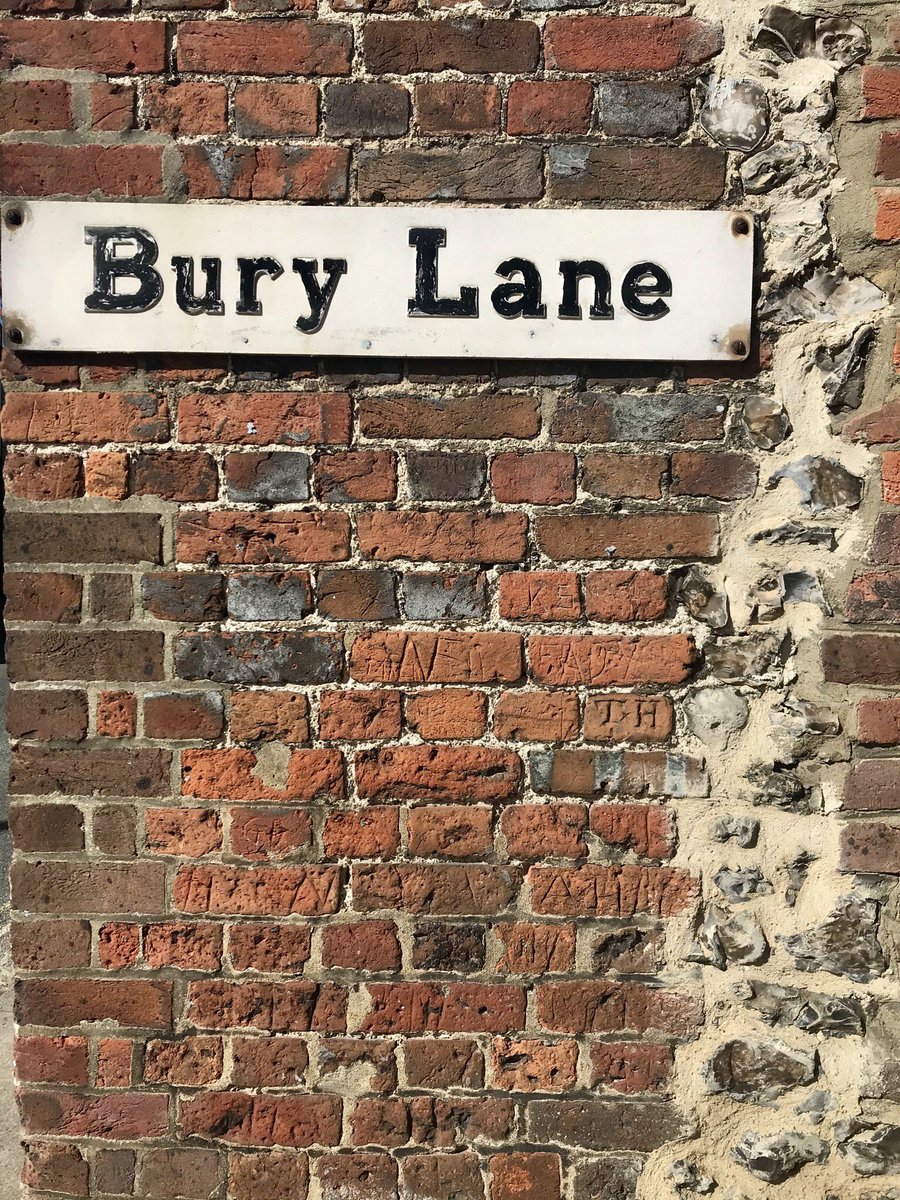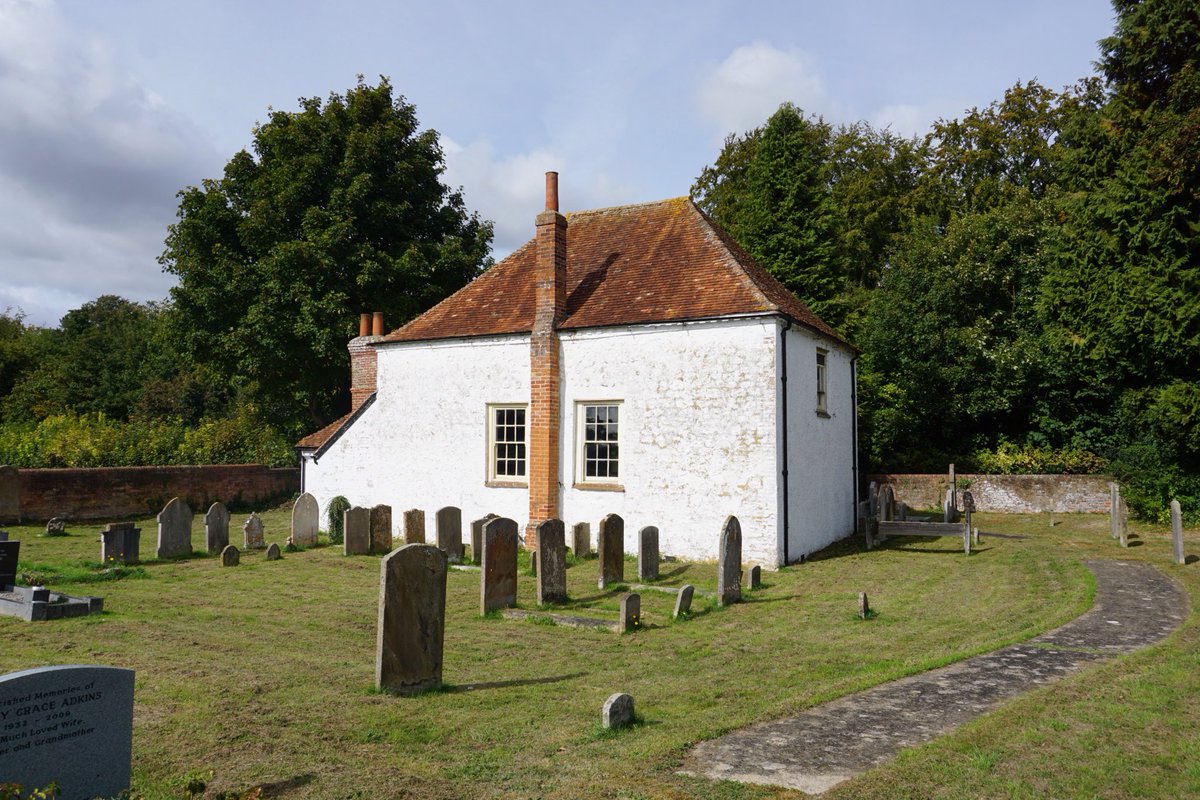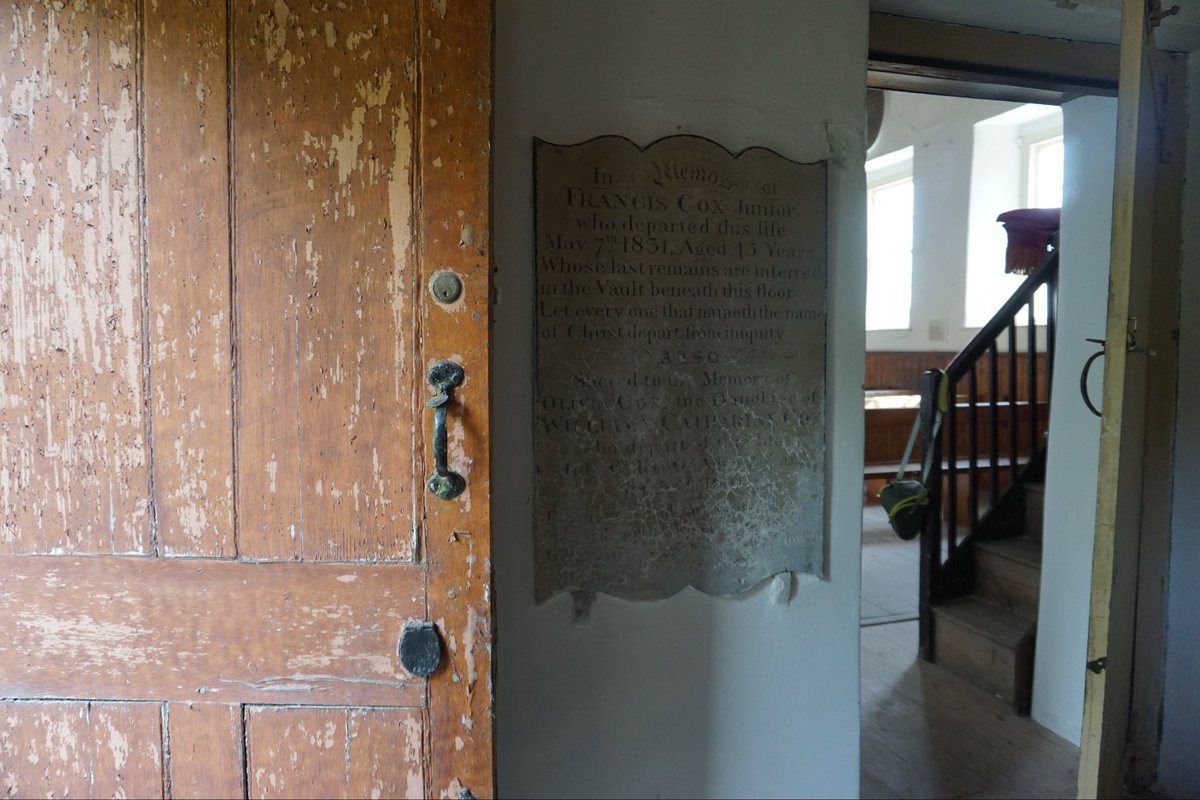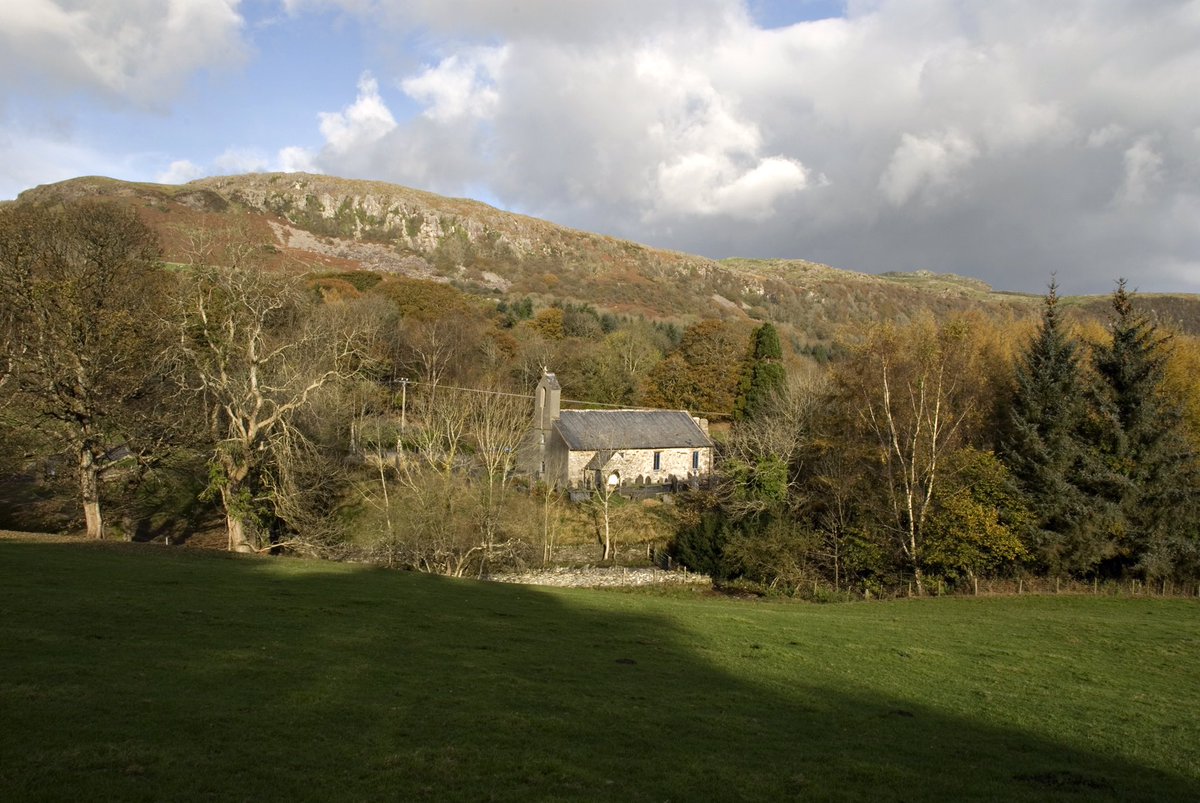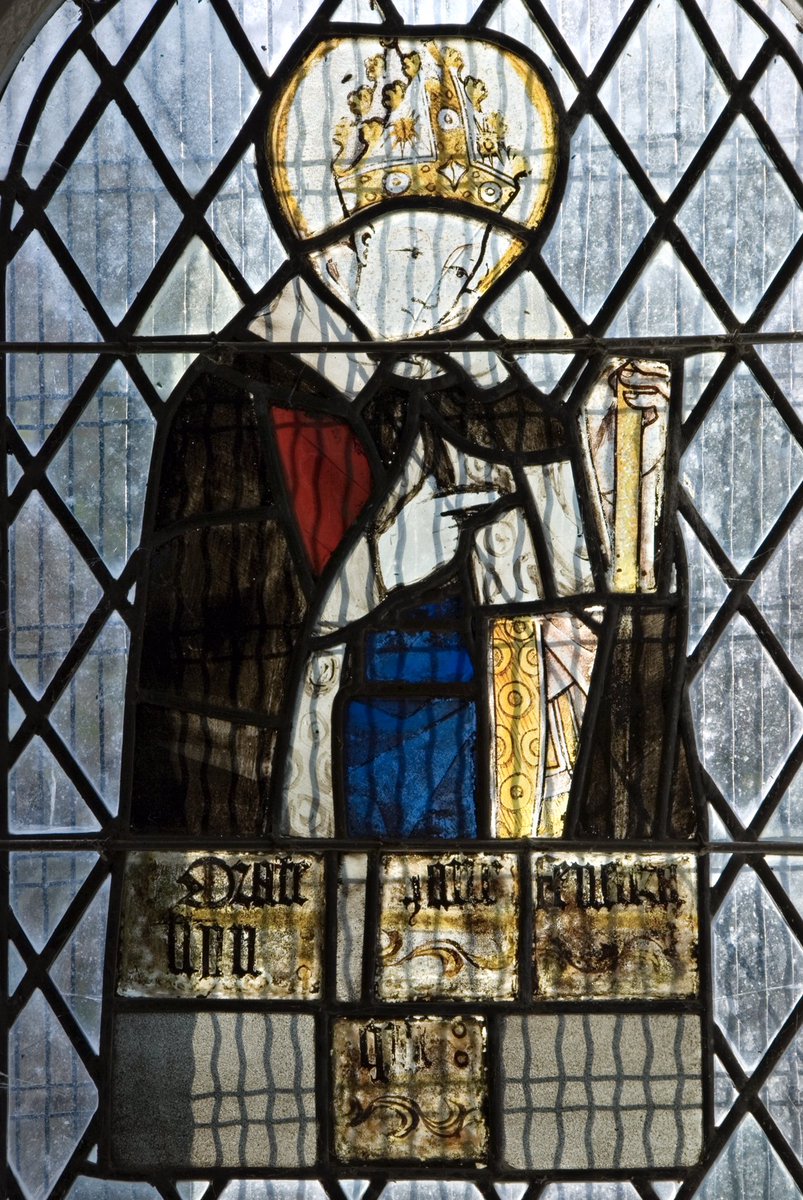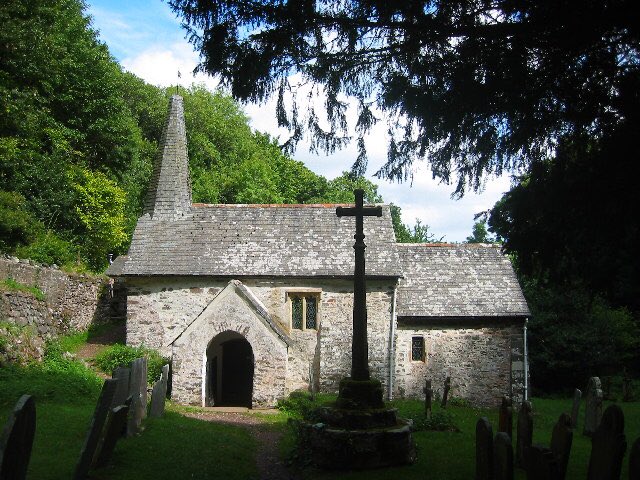
We have a medieval stained glass conundrum.
We think this fragment at St Mary's, Hardmead, Buckinghamshire depicts a dog (but we're not sure) playing a pipe (or maybe not).
#thread
We think this fragment at St Mary's, Hardmead, Buckinghamshire depicts a dog (but we're not sure) playing a pipe (or maybe not).
#thread
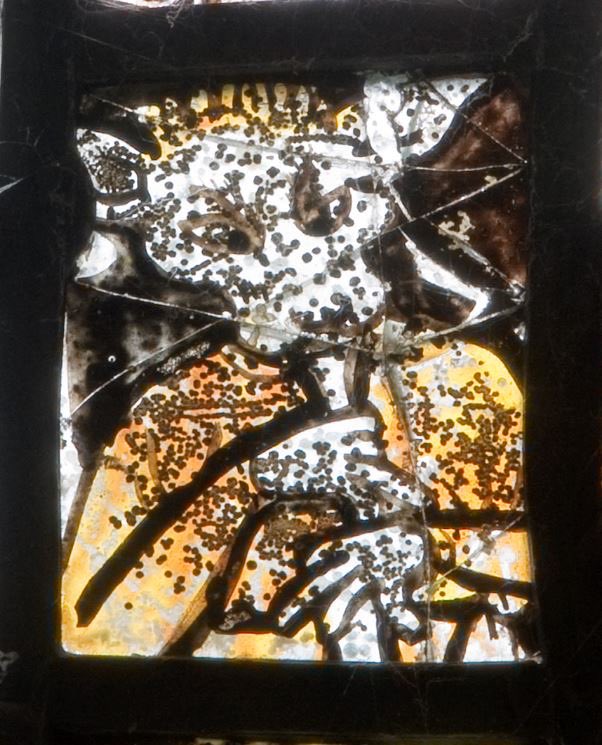
Could it be a canine St Christopher? In Eastern Orthodox tradition, St Christopher has at times been depicted as a cynocephalus - a race of dog-headed beings once believed to have walked the earth, along with other strange forms of human such as blemmyae, donestre, and skiapodes. 
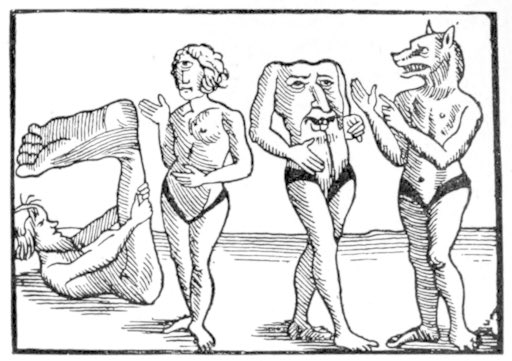
This idea did permeate to the West; German bishop and poet Walter of Speyer portrayed St. Christopher as a cynocephalic giant from Canaan, who ate human flesh and barked. Only after he was baptised did he receive a human head. 
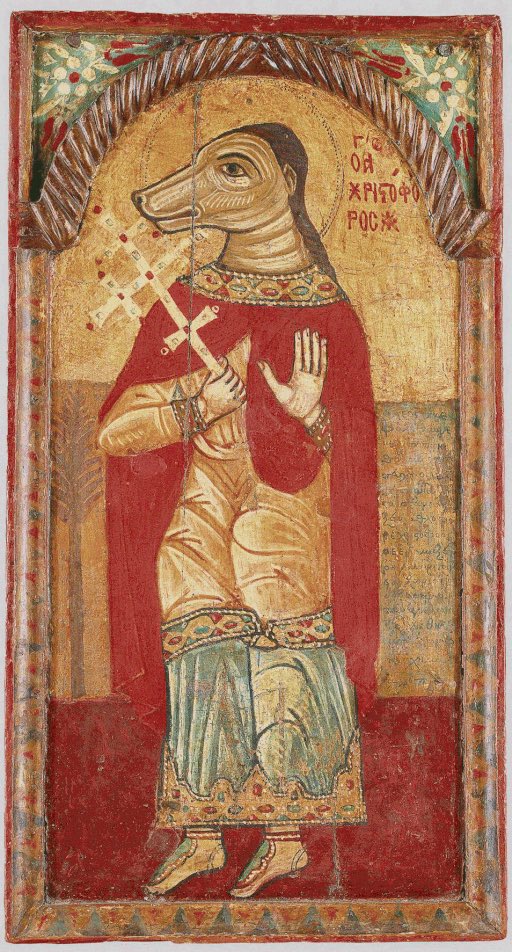
Or, could this be a glimpse of a folk tale, fable, or allegory - one frame of a cartoon in glass that would have been familiar to its audience? If only we had more of the visual context to flesh out the story. 
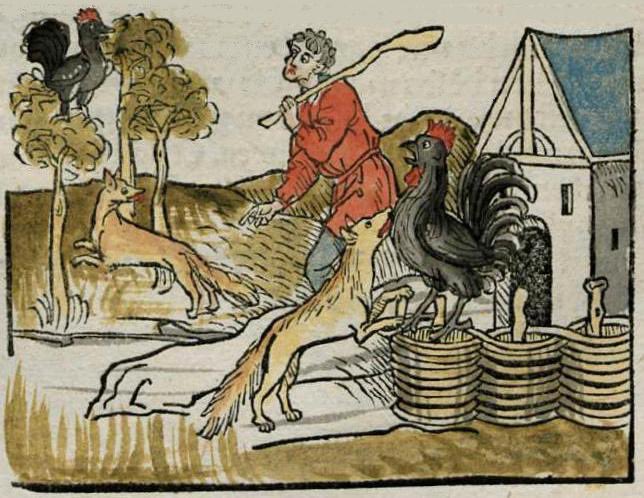
On the other hand, perhaps we're over-thinking this. Medieval manuscripts are full of wonderfully creative marginalia, and hybrids as well as music-making animals aren't uncommon.
Royal 12 G V  f. 16v @britishlibrary
Royal 12 G V  f. 16v @britishlibrary
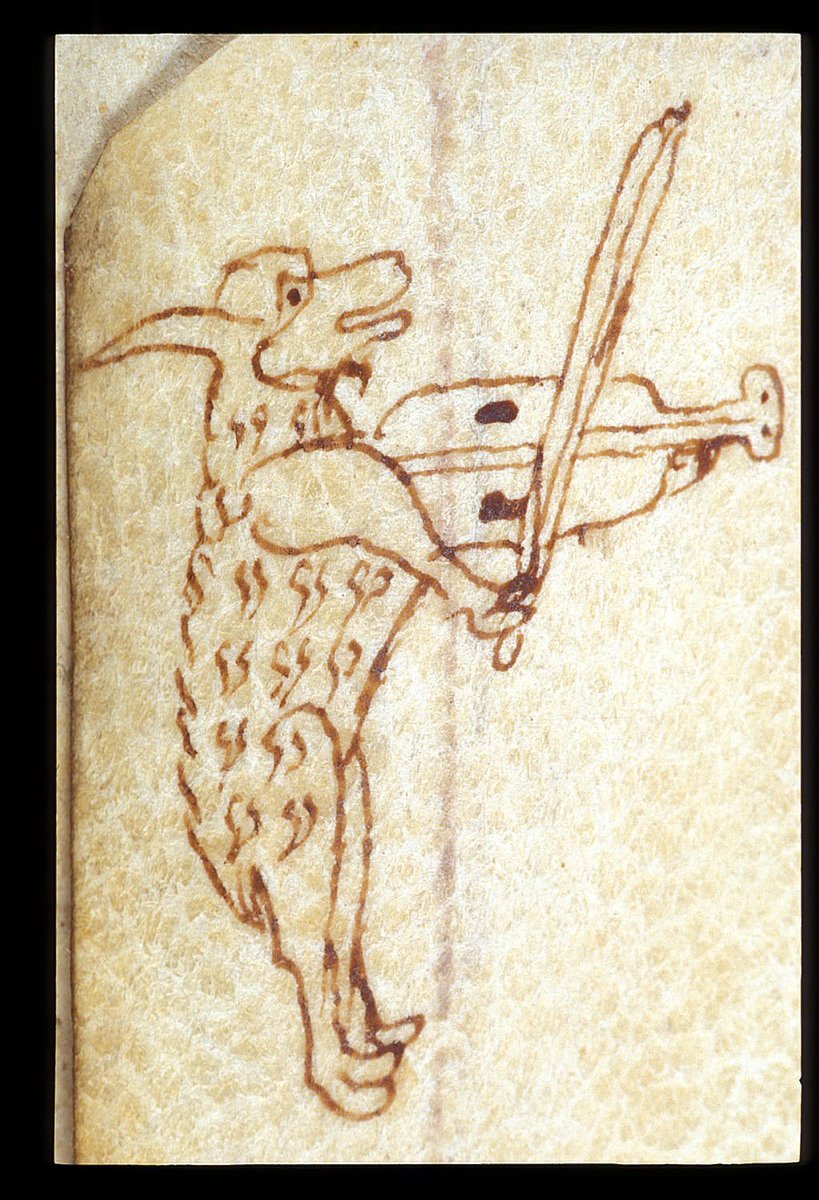
In churches, the same boundless creativity was channelled into grotesques, bosses and misericords.
This tantalising fragment could simply reflect the vivid imagination and sense of humour of the stained glass maker, whose whimsy has outlived him (or her) by hundreds of years.
This tantalising fragment could simply reflect the vivid imagination and sense of humour of the stained glass maker, whose whimsy has outlived him (or her) by hundreds of years.
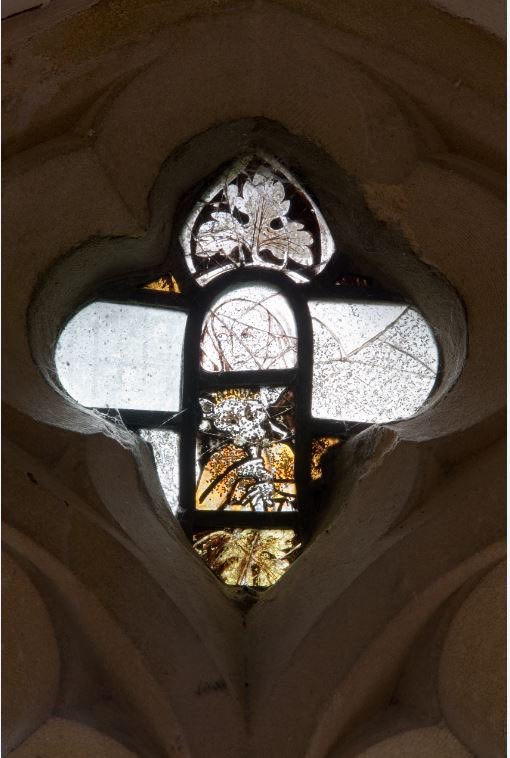
We'd love to know what you think this enigmatic image at Hardmead represents. 🤔
#MedievalTwitter - any ideas?
#MedievalTwitter - any ideas?
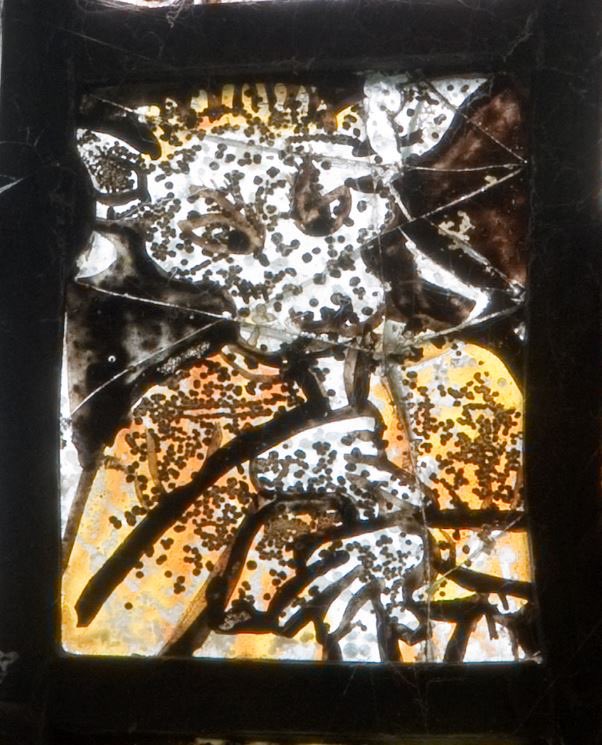
P.s. The @britishlibrary wrote about the possible medieval symbolism of musical animals in a blog last year: blogs.bl.uk/digitisedmanus…
• • •
Missing some Tweet in this thread? You can try to
force a refresh


